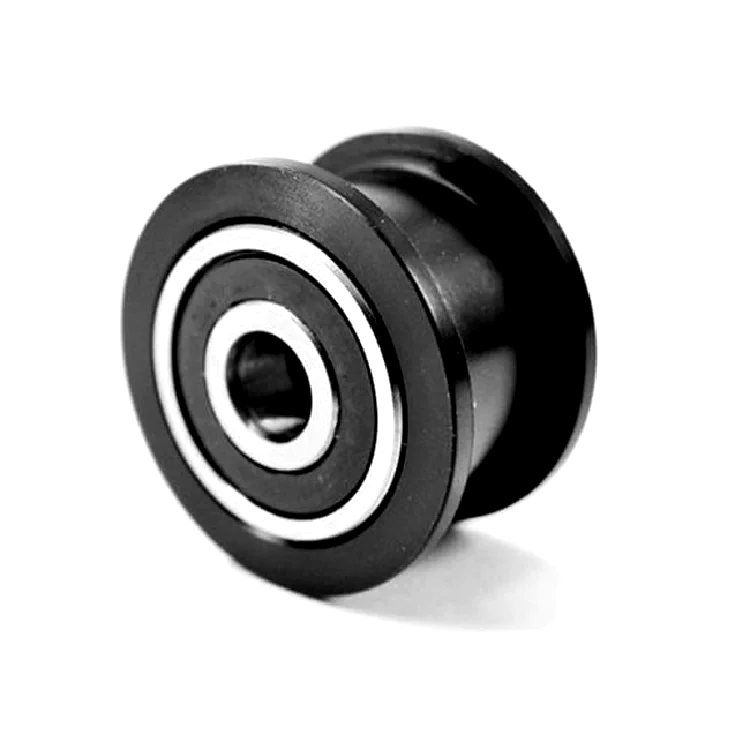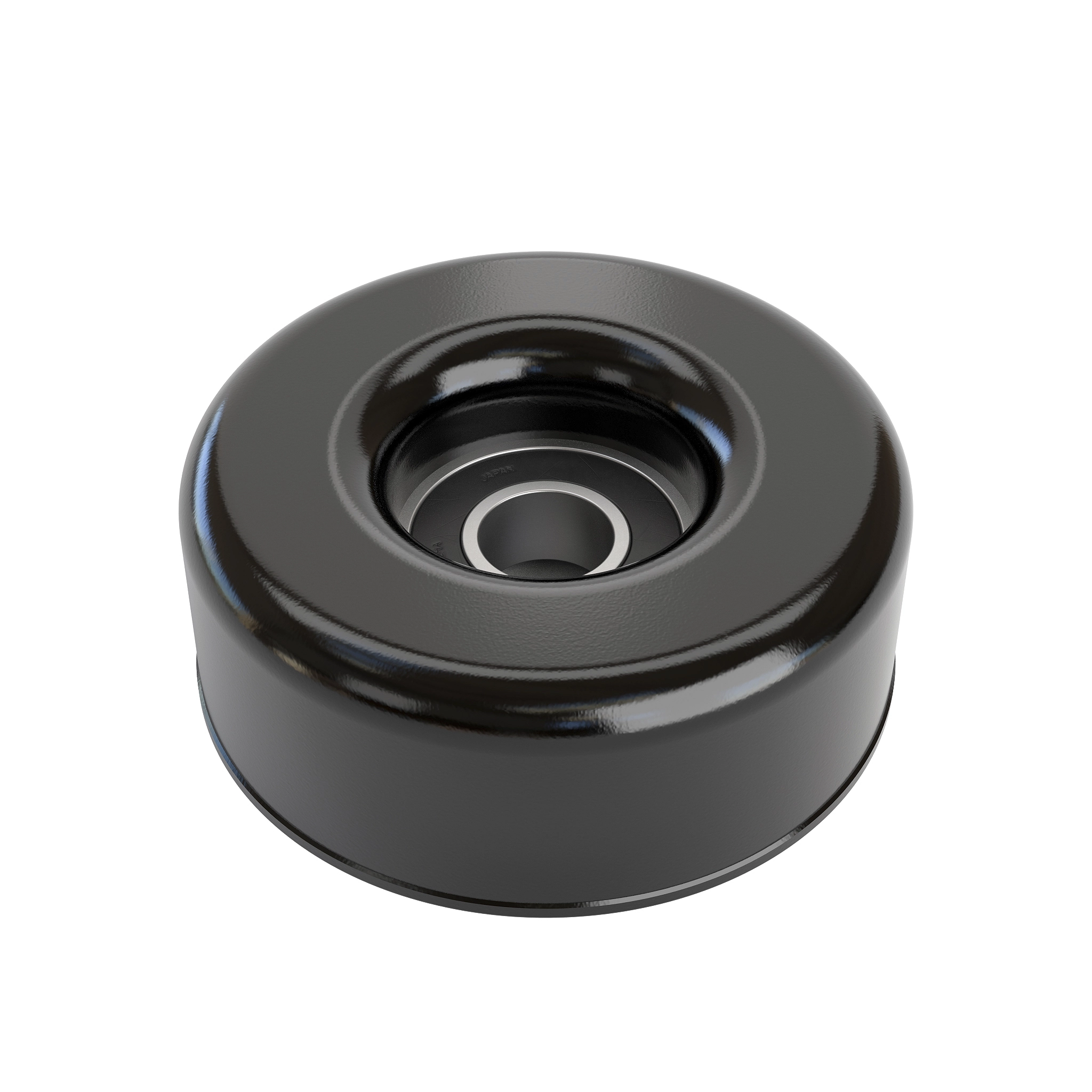Product Description
Product Description
Product name: Auto Parts Pulley Tensioner Idler Pulley For JAC Pickup T6 T8 OE Number 1571800FD571
OEM Number: 1571800FD571
Application: For JAC Pickup T6 T8
Package: Original genuine packing, Brand packing, Neutral packing with parts number label
MOQ:1 PC
Delivery time:1-7days
Place: HangZhou China
TIPS: The adaptation of parts is very complex, you need to provide chassis VIN number or car details {model, capacity, year of production (not buy) year} to customer service, and according to the customer service recommend to choose the appropriate type.
Other Idler Pulleys In Our Store:
Detailed Photos
Packaging & Shipping
Shipping by Sea: containers goods,
Sample order by air: China Post, ali-express standard shipping, E-pocket, EMS,UPS,TNT,DHL,Fedex, etc
Company Profile
Our Advantages
1. One-stop service to supply all jac motors spare parts (JAC motors j2 j3 j4 j5 j6, s2 /T40,s3/ T5 ,s5/ T6 ,JAC refine ,JAC sunray ,JAC pickup T6 T8,JAC Truck … )
SAIC MG ,Maxus Parts, CHINAMFG spare parts
Chery, Changan, BYD, CHINAMFG GWM, Brillance, Geely, Xihu (West Lake) Dis.feng spare parts
Mercedes Benz Parts,
Gates Auto Parts, Phc Parts,
2. MOQ: 1PC
3. We will reply you for your inquiry in 24 hours.
4. after sending, we will track the products for you once every 2 days, until you get the products. When you got the goods, and give us a feedback.If you have any questions about the problem, contact with us, we will offer the solve way for you.
FAQ
Q1. What is your terms of packing?
A: Generally, we pack our goods in neutral boxes, original OE cartons and brands AQBP packages
Q2. how to do the order if your need JAC parts have not in this shop?
A: if in this shop has no the parts you need, please tell us, and we will find it from our big warehouse, take photos and send price to you.
Q3. how much you should pay money if buy some items together?
A: after buying some items together, there will be different shipping fees and different goods price, so we can discuss how to do the best shipping way.
Q4. How about your delivery time?
A: Generally, it will take 30 to 60 days after receiving your advance payment. The specific delivery time depends on shipping way and different countries.
Q5. Can you produce according to the samples?
A: Yes, we can produce by your samples or technical drawings. We can build the molds and fixtures.
Q6: How do you make our business long-term and good relationship?
A:1. We keep good quality and competitive price to ensure our customers benefit;
2. We respect every customer as our friend and we sincerely do business and make friends with them, no matter where they come from.
|
Shipping Cost:
Estimated freight per unit. |
To be negotiated |
|---|
| Type: | Idler Pulley |
|---|---|
| Transport Package: | Box |
| Specification: | Standard |
| Customization: |
Available
| Customized Request |
|---|
What is the significance of proper alignment and tensioning in idler pulley systems?
Proper alignment and tensioning in idler pulley systems are of utmost significance for their optimal performance and longevity. Here’s a detailed explanation of the significance of proper alignment and tensioning:
1. Efficient Power Transmission:
Proper alignment and tensioning ensure efficient power transmission in idler pulley systems. When the belts or chains are correctly aligned with the pulleys, there is maximum contact and engagement, minimizing slippage and power loss. Optimal tensioning ensures that the belts or chains are appropriately tensioned, allowing for efficient transfer of power from the driving pulley to the driven pulley. Efficient power transmission improves the overall performance and productivity of the system.
2. Reduced Wear and Tear:
Proper alignment and tensioning help reduce wear and tear on belts, chains, pulleys, and other system components. Misalignment or inadequate tension can cause excessive stress, uneven loading, and premature wear. Misaligned belts or chains can rub against pulleys or adjacent components, leading to accelerated wear and potential damage. By ensuring proper alignment and tensioning, the system components experience minimal friction, resulting in reduced wear and extended service life.
3. Noise Reduction:
Proper alignment and tensioning contribute to noise reduction in idler pulley systems. Misaligned belts or chains can generate noise due to rubbing or vibration. Inadequate tensioning can cause belts or chains to slip or vibrate, resulting in noise generation. By aligning the belts or chains accurately and applying the correct tension, the system operates smoothly and quietly, enhancing the comfort and usability of the equipment.
4. System Stability and Reliability:
Proper alignment and tensioning promote system stability and reliability. When belts or chains are aligned correctly, they remain securely engaged with the pulleys, minimizing the risk of disengagement or derailing. Optimal tensioning ensures that the belts or chains maintain consistent tension, preventing slack or excessive tightness that could compromise system operation. A stable and reliable idler pulley system is crucial for maintaining continuous and trouble-free operation in various applications.
5. Extended Component Lifespan:
Proper alignment and tensioning help extend the lifespan of system components, including belts, chains, pulleys, and bearings. Misalignment and improper tensioning exert additional stress on these components, leading to accelerated wear and potential failure. By maintaining proper alignment and tension, the load is evenly distributed, reducing the strain on individual components and promoting their durability. Extended component lifespan translates to reduced maintenance costs and increased overall system productivity.
6. Safety:
Proper alignment and tensioning contribute to the safety of idler pulley systems. Misaligned belts or chains can pose safety hazards by coming into contact with surrounding equipment or personnel. Inadequate tensioning can result in sudden belt or chain disengagement, causing unexpected machine shutdowns or potential injuries. By ensuring proper alignment and tensioning, the risk of accidents or equipment damage is minimized, enhancing the safety of the working environment.
Overall, proper alignment and tensioning are vital for the efficient operation, reliability, longevity, noise reduction, and safety of idler pulley systems. Regular inspection, adjustment, and maintenance of alignment and tensioning parameters are essential to optimize system performance and maintain the integrity of the components involved.
What role do idler pulleys play in maintaining proper belt alignment?
Idler pulleys play a crucial role in maintaining proper belt alignment in mechanical systems. Here’s a detailed explanation of the role idler pulleys play in maintaining proper belt alignment:
Proper belt alignment refers to the correct positioning of the belt along the pulleys in a system. It ensures that the belt remains centered on the pulleys and follows its intended path without deviating or slipping off. Belt misalignment can lead to a range of issues, including increased friction, wear, noise, and reduced power transmission efficiency. Idler pulleys help address these alignment challenges and contribute to the smooth operation of the system.
1. Belt Tracking:
Idler pulleys guide the belt and help maintain its tracking along the pulleys. They are strategically positioned to ensure that the belt remains in the desired position and follows the correct path. By providing a reference point and support, idler pulleys prevent the belt from wandering or shifting laterally, which could otherwise cause misalignment.
2. Tension Adjustment:
Idler pulleys can be used to adjust and maintain the tension in the belt, which is crucial for proper alignment. By adding or removing idler pulleys or adjusting their position, the tension in the belt can be controlled. Proper tension ensures that the belt remains engaged with the pulleys and does not slack or become too tight, both of which can lead to misalignment.
3. Belt Support:
Idler pulleys provide support to the belt, helping to prevent sagging or excessive vibration. They act as additional contact points along the belt’s path and distribute the load, ensuring that the belt remains in its intended position. This support helps maintain the alignment of the belt, especially in applications where the belt spans long distances or encounters varying loads.
4. Load Distribution:
Idler pulleys contribute to load distribution across the belt. By introducing additional pulleys strategically, the load on the belt can be divided, reducing stress on individual components. This helps to minimize the risk of belt misalignment due to uneven loading or excessive strain. By distributing the load, idler pulleys promote uniform wear and ensure the longevity of the belt.
5. Vibration and Noise Reduction:
Idler pulleys play a role in reducing vibration and noise in mechanical systems. Misaligned belts can cause excessive vibration and noise due to uneven forces and increased friction. By maintaining proper alignment, idler pulleys help minimize these issues, resulting in quieter operation and increased system stability.
Overall, idler pulleys are essential components in maintaining proper belt alignment. Their role in guiding the belt, adjusting tension, providing support, distributing load, and reducing vibration ensures that the belt remains properly aligned, leading to improved efficiency, reduced wear, and extended belt life in mechanical systems.
What is an idler pulley, and what is its role in mechanical systems?
An idler pulley is a specific type of pulley that is used in mechanical systems. Here’s a detailed explanation of what an idler pulley is and its role in mechanical systems:
Definition:
An idler pulley is a pulley that is not directly connected to a power source or used for power transmission. Instead, it is used to guide and redirect a belt or rope in a system. The idler pulley is typically positioned in such a way that it changes the direction of the belt or rope, adjusts tension, or provides support to ensure smooth operation.
Role in Mechanical Systems:
The primary role of an idler pulley in mechanical systems is to maintain proper tension and alignment of belts or ropes. It helps to redirect the path of the belt or rope, ensuring that it remains in the correct position and stays engaged with other pulleys or components.
Here are some specific roles and functions of idler pulleys:
1. Belt Tension:
An idler pulley can be used to adjust and maintain the tension in a belt or rope. By adding or removing an idler pulley or adjusting its position, the tension in the belt can be properly controlled. This is crucial for preventing slippage, ensuring efficient power transmission, and extending the lifespan of the belt.
2. Directional Change:
In some systems, an idler pulley is strategically placed to change the direction of the belt or rope. By guiding the belt along a different path, the idler pulley allows the belt to reach components that would otherwise be inaccessible or difficult to connect directly. This enables flexibility in designing mechanical systems and facilitates the proper functioning of various components.
3. Belt Alignment:
An idler pulley helps maintain proper alignment of belts or ropes. It ensures that the belt remains centered on the pulleys and does not deviate from its intended path. Proper alignment is vital for efficient power transmission, as misaligned belts can cause increased friction, wear, and loss of energy.
4. Load Distribution:
In systems with multiple belts or ropes, an idler pulley can be used to distribute the load evenly. By introducing an idler pulley between two driving pulleys, the load can be divided, reducing stress on individual components and improving overall system performance.
5. Noise and Vibration Reduction:
An idler pulley can help reduce noise and vibration in mechanical systems. By providing additional support and tension to belts or ropes, it minimizes excessive movement and vibration, resulting in quieter operation and increased stability.
Idler pulleys are commonly found in various applications, including automotive engines, HVAC systems, conveyor systems, and industrial machinery. Their role in maintaining tension, guiding belts, adjusting alignment, distributing load, and reducing noise makes them essential components in ensuring the smooth and efficient operation of mechanical systems.
editor by CX
2023-10-05




